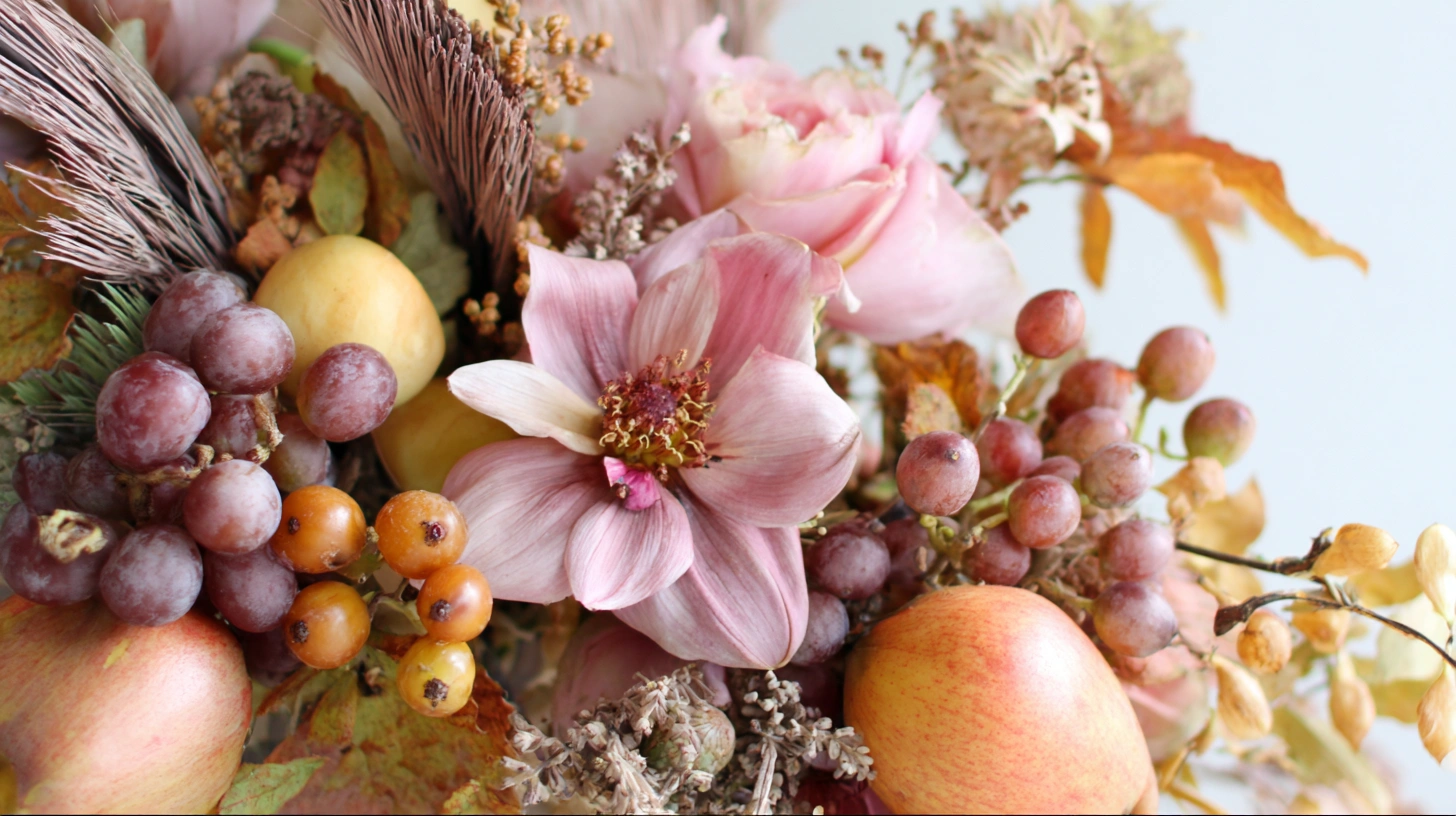
The Essence of Autumn: Colors and Textures
The arrival of autumn brings with it a profound transformation in the natural world, particularly evident in the realm of flower arrangements. The vibrant color palette of this season is characterized by warm hues that evoke a sense of comfort and nostalgia. Flowers such as marigolds, chrysanthemums, and dahlias showcase a spectrum of orange, red, and yellow, reminiscent of the breathtaking foliage that paints the landscape. These colors not only capture the essence of the season but also foster a feeling of warmth, making them ideal choices for floral displays during autumn gatherings.
Deep purples, often found in asters and heather, serve to balance the golden tones, adding depth and sophistication to floral arrangements. The interplay of these rich colors creates dynamic visual contrasts that draw the eye and imbue spaces with a sense of seasonal joy. Furthermore, these vibrant shades resonate with the emotional landscape of autumn, evoking memories of harvest festivals and cozy evenings spent with loved ones.
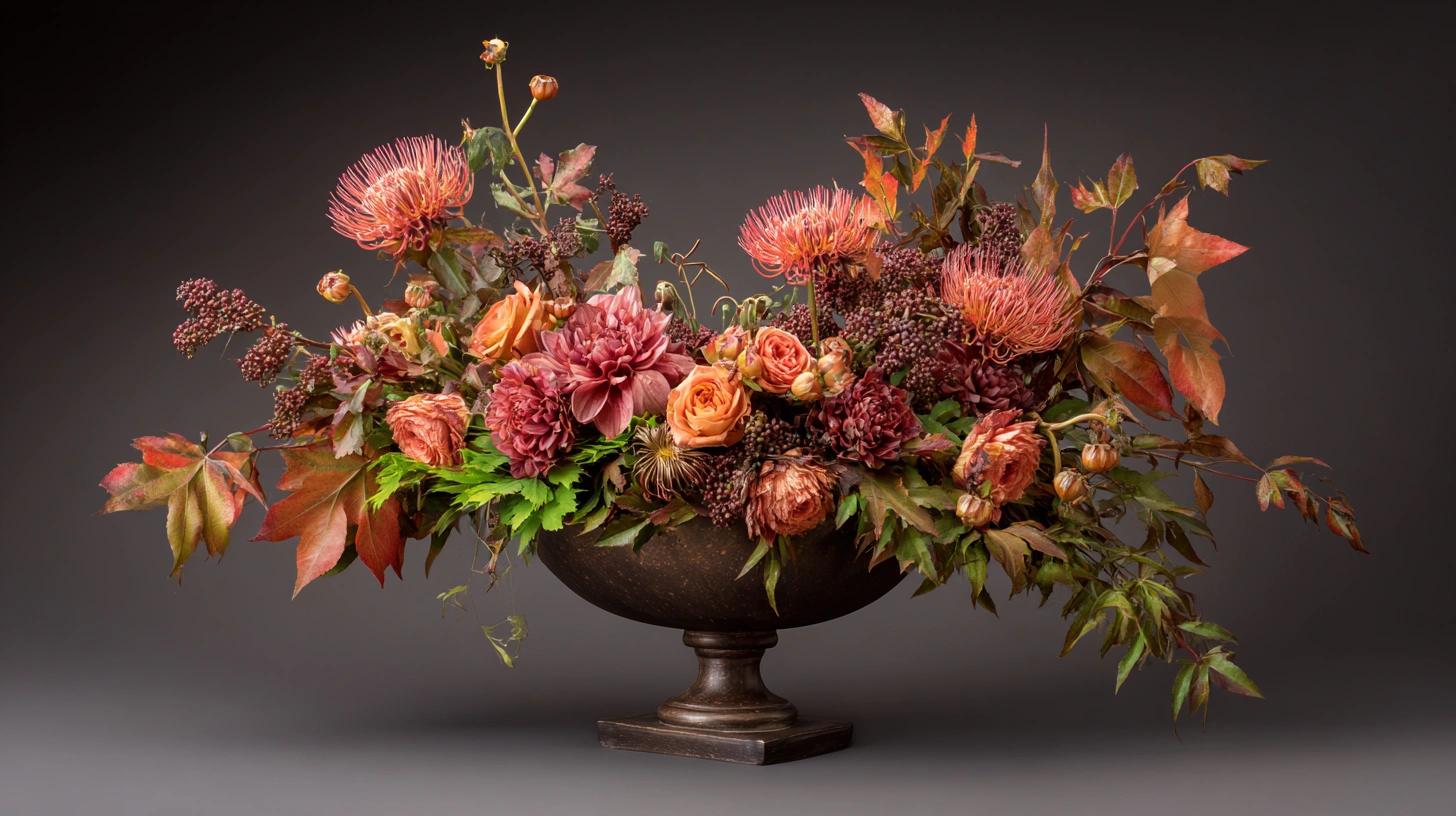
In addition to the striking colors, the textures present in autumn flowers significantly enhance their appeal. The velvety petals of chrysanthemums bring a touch of luxury and softness to arrangements, inviting tactile engagement. Conversely, elements such as dried grasses, seed pods, and even pinecones infuse arrangements with a rustic charm, symbolizing the transition to cooler months. The combination of these textures encourages an appreciation for the season’s bounty and its natural beauty.
When selecting autumn flowers, it is essential to consider not only the colors but also their textures, as both contribute to the overall charm of seasonal floral designs. By embracing the alluring aspects of autumn—its warm colors and rich textures—florists and enthusiasts alike can create stunning floral arrangements that celebrate this enchanting season.
Symbolism and Meaning: Autumn Flowers
Autumn is a season rich in symbolism, characterized by transformation and reflection, which is mirrored in the flowers that bloom during this time. Each flower carries with it a unique meaning that resonates deeply with the sentiments of the season. A notable example is the aster, which symbolizes love and wisdom. This resilient flower is often associated with the transition into fall, serving as a reminder to cherish moments spent with loved ones as the days grow shorter.
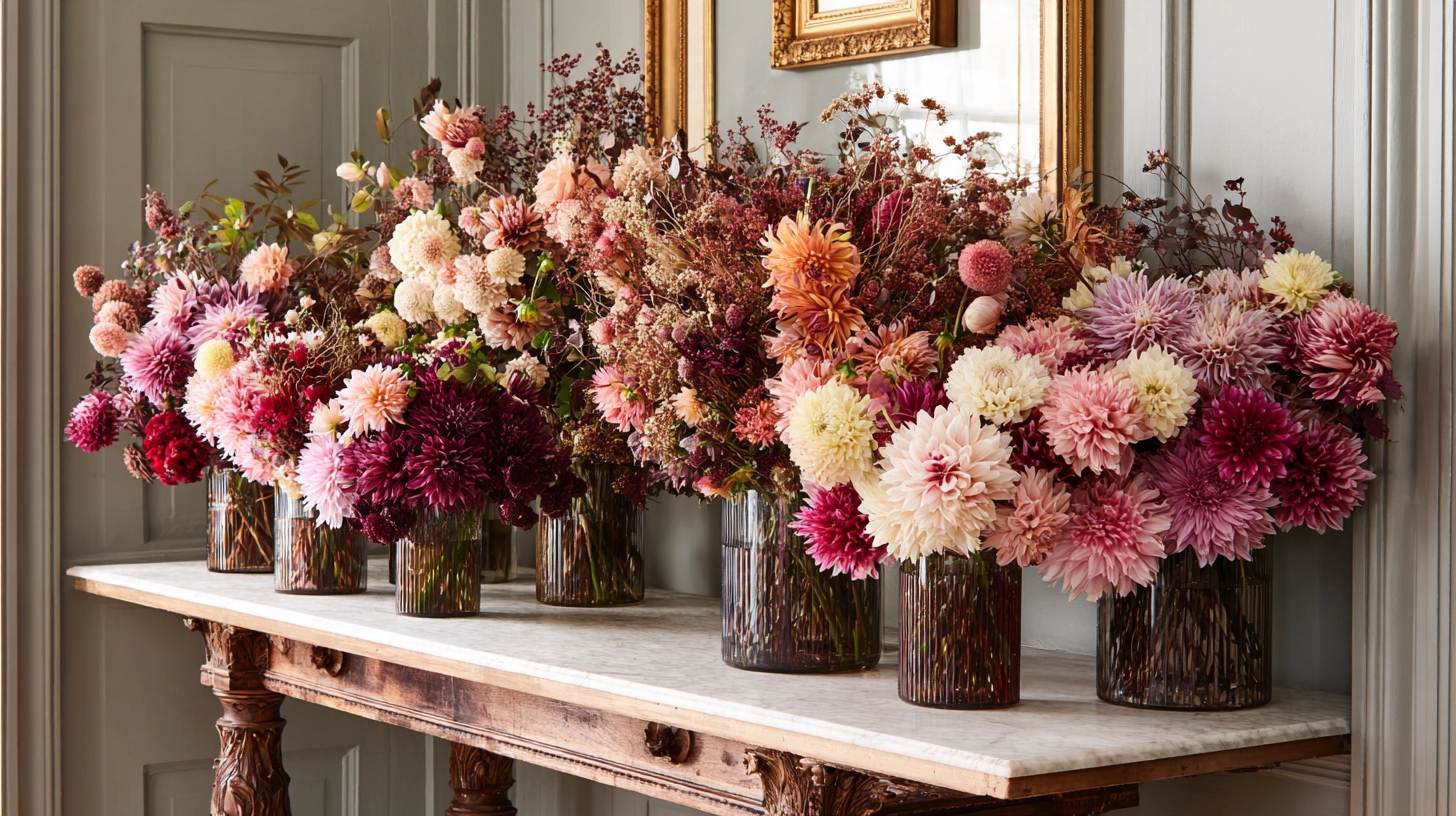
Dahlias also play an important role in autumn bouquets, representing inner strength and creativity. The diverse shapes and vibrant colors of dahlias not only enhance floral arrangements but also evoke feelings of optimism and joy. Visitors to gardens and floral markets can find these exquisite blooms in numerous shades, signifying the richness of nature as it prepares for the coming winter months.
Another significant flower of the autumn season is the marigold, celebrated for its vibrant hues and uplifting presence. Marigolds symbolize warmth and the sun, acting as a bridge between the fading light of summer and the introspective qualities of winter. These flowers are often linked to themes of gratitude, making them a popular choice for harvest festivals, where appreciation for nature’s bounty is paramount.
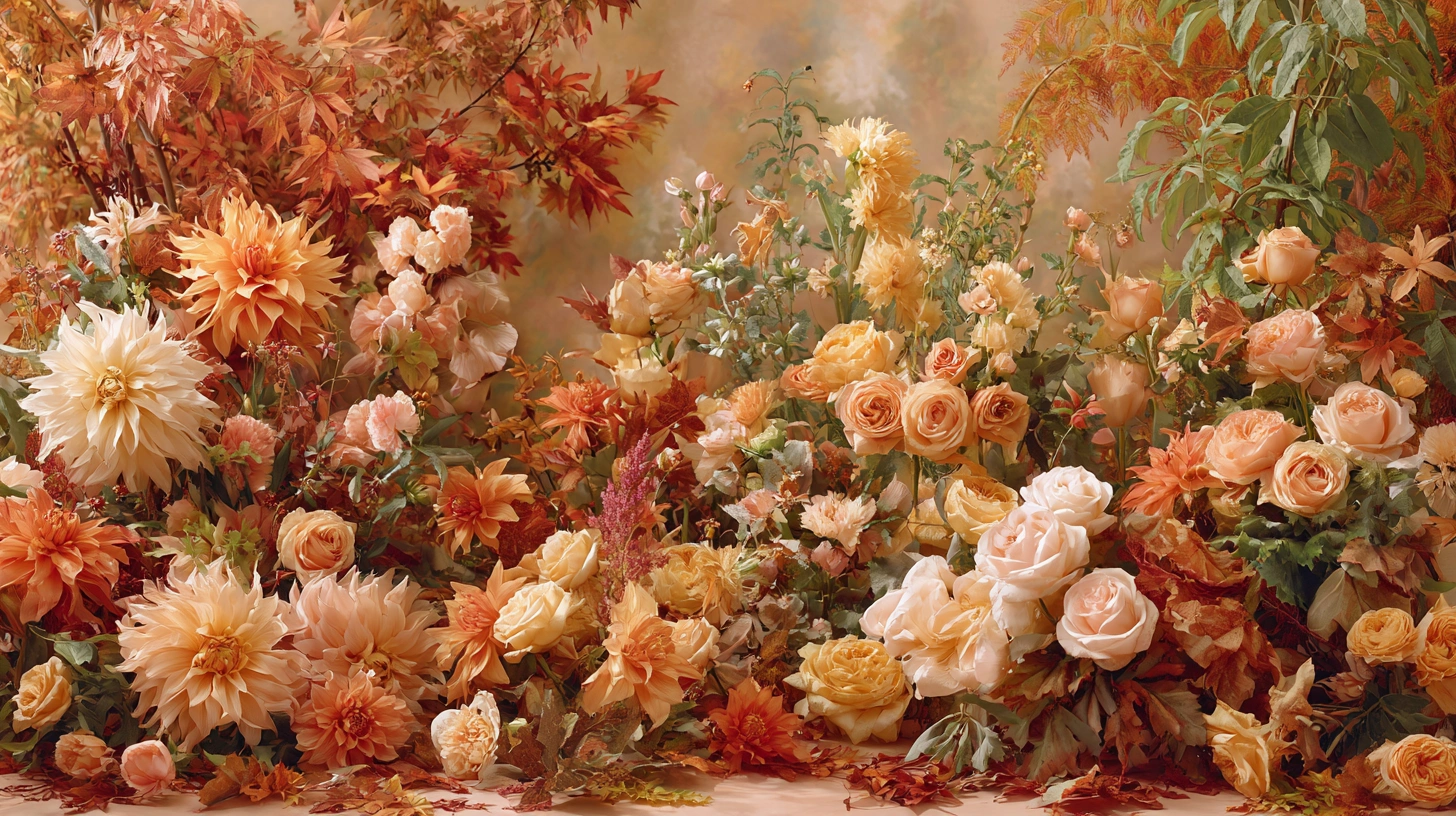
In addition to their aesthetic appeal, these autumn flowers facilitate our connection to the changing environment and encourage reflection on the past year’s growth. Their symbolism extends to expressing how we navigate change, embrace gratitude, and prepare for future challenges. Thus, incorporating asters, dahlias, and marigolds into seasonal arrangements not only beautifies spaces but also enriches our understanding of autumn’s deeper significance.
Creative Arrangement Ideas: Bringing Autumn Indoors
As the leaves transition to warmer tones of amber and gold, the beauty of autumn can be reflected in our indoor spaces through well-curated flower arrangements. To embrace the allure of the season, consider utilizing a combination of seasonal blooms and earthy foliage that evoke the spirit of autumn. Mums, asters, and dahlias are excellent choices, providing a rich palette of colors that range from deep burgundies to vibrant oranges. Adding in textured elements such as dried grasses or eucalyptus can enhance the natural feel of the arrangement.
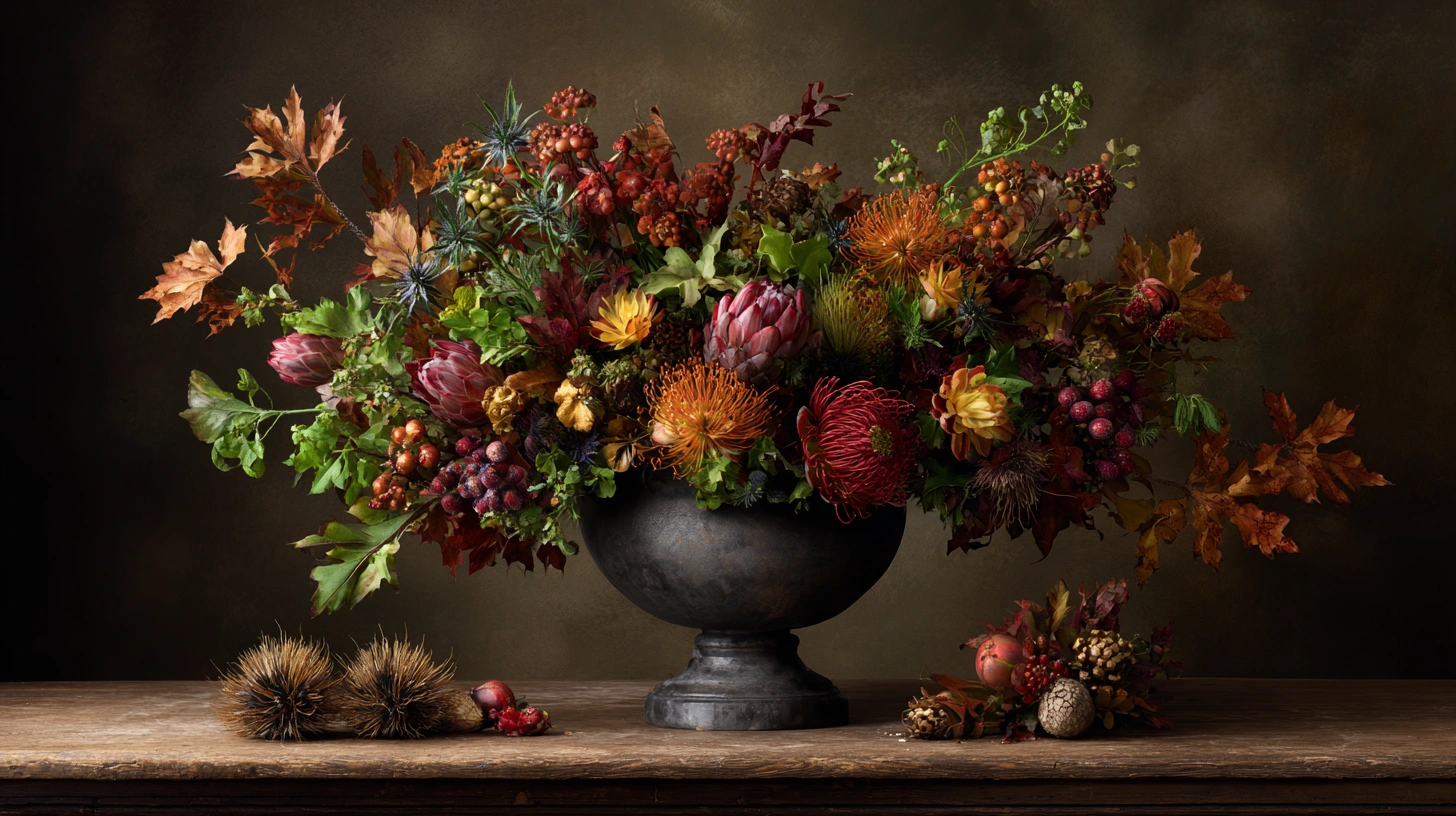
Incorporating decorative elements like mini pumpkins or gourds can further accentuate the autumn theme. These unique additions not only add visual intrigue, but they also bring a festive touch to your floral creations. Place a few small pumpkins around the base of the flower arrangement or use them as stands for smaller vases. Rather than traditional glass vases, consider using rustic containers made from wood, ceramic, or metal to complement the flowers’ hues and provide a more organic ambiance.
When arranging your flowers, it is important to employ a varied height strategy. Tall, elegant blooms can be paired with lower arrangements of foliage to create visual layers. To ensure longevity, start with a clean vase filled with fresh water and flower food, trimming stems at an angle for optimal water absorption. As you arrange the flowers, think about the balance between colors and shapes, aiming for a natural yet curated look.
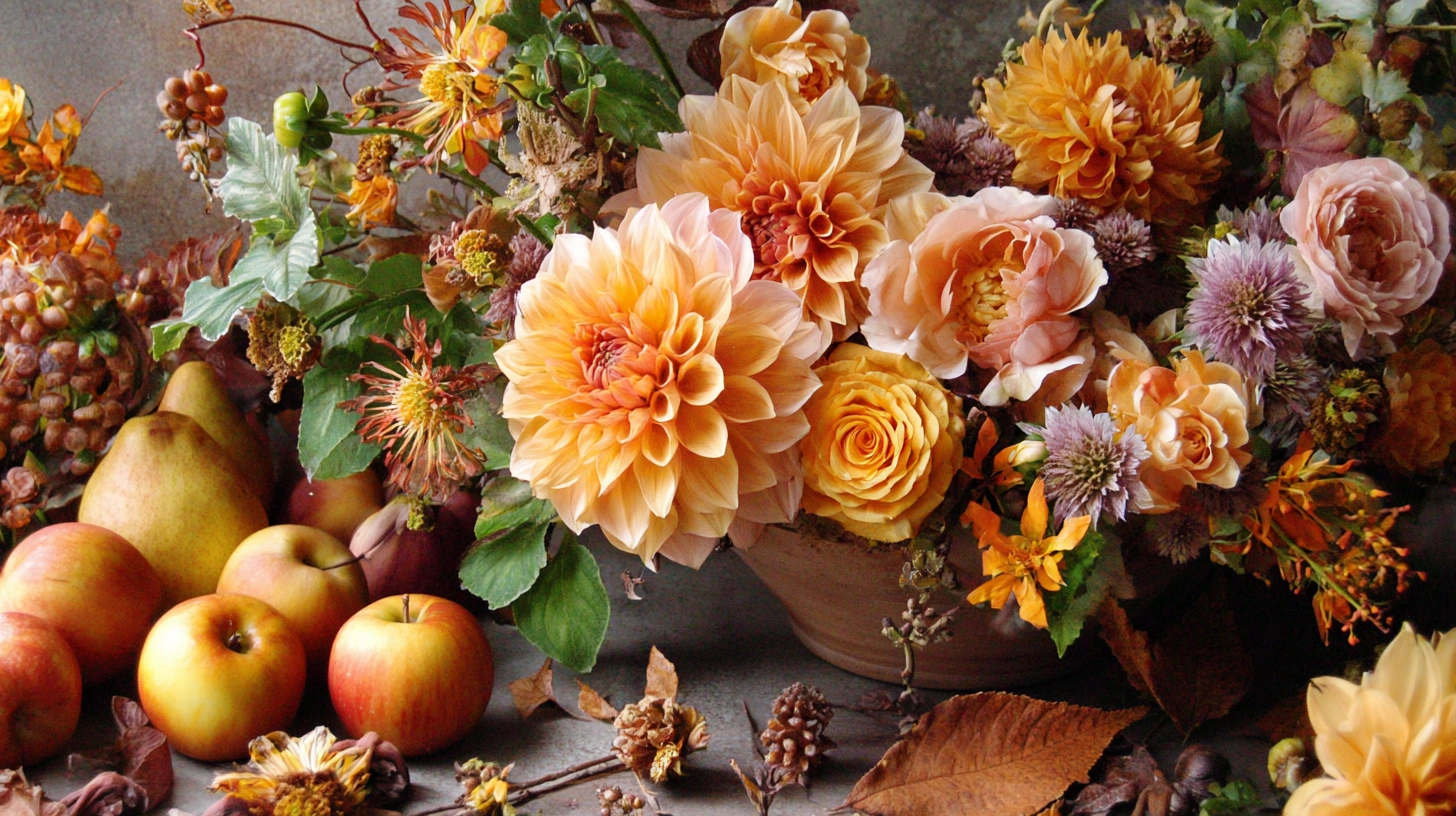
Don’t hesitate to experiment with different combinations until you find the arrangement that best reflects your personal style. By surrounding yourself with these thoughtful floral displays, you can effectively bring the enchanting colors and textures of autumn into your home, embracing the season in all its glory.
Cultural Celebrations: Autumn and Floral Traditions
Autumn is a pivotal season characterized by vibrant change and the bounty of nature, leading to cultural celebrations that often emphasize floral arrangements. Various cultures worldwide incorporate flowers into their festivities, enhancing the beauty and significance of these events. One prime example is Thanksgiving in the United States, where families gather to express gratitude. Floral centerpieces, often featuring autumn blooms like chrysanthemums and sunflowers, enhance the ambiance of the festive table, reflecting the season’s warmth and richness.
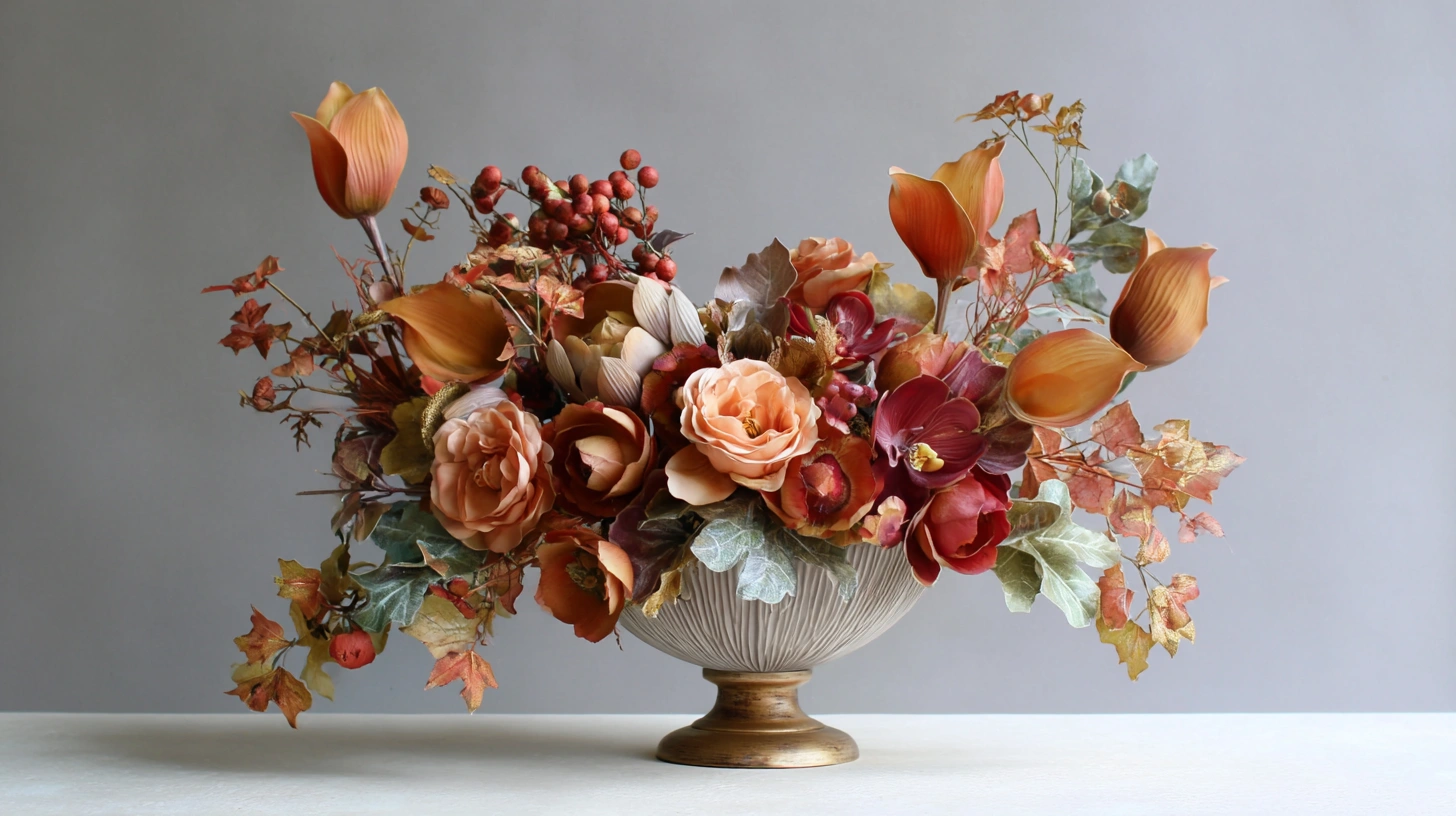
Similarly, the Mid-Autumn Festival, celebrated across many Asian countries such as China, Vietnam, and Korea, features intricate floral displays as part of its traditions. This festival marks the harvest season and is a time for family reunification. During this celebration, mooncakes are often paired with fresh flowers, which symbolize prosperity and abundance. The flowers used, such as osmanthus and chrysanthemums, carry significant meanings, representing unity and togetherness amongst families. Decorative arrangements contribute to the festive atmosphere and are often used in lantern displays, illuminating the night sky with both light and floral beauty.
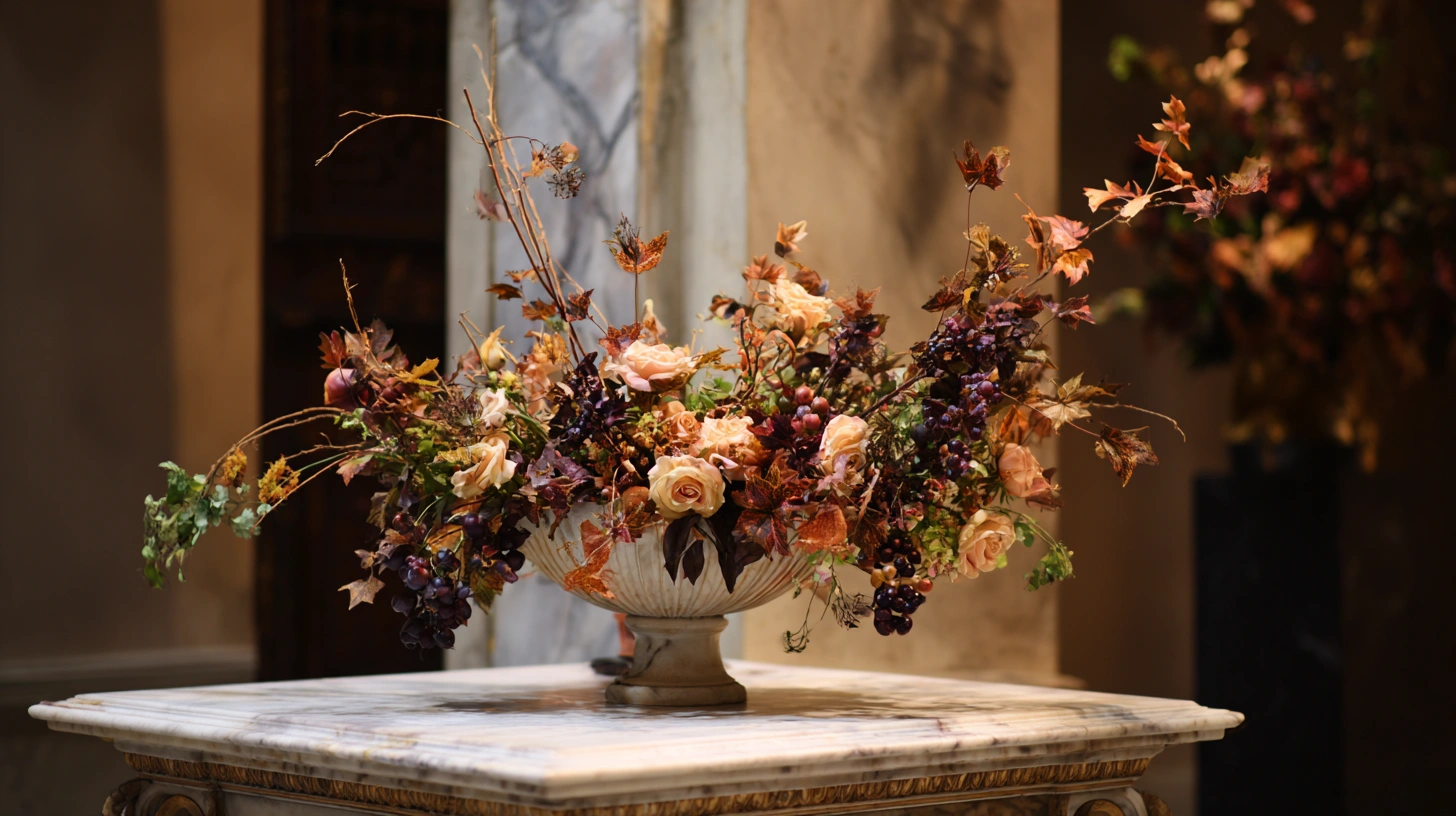
In addition to these notable celebrations, various local harvest festivals around the world exhibit the importance of flowers in their rituals. In North Africa, for instance, the Berber communities celebrate the harvest with vibrant floral decorations that adorn markets and homes, showcasing the season’s bounty. Traditional flower gifting during these gatherings serves to symbolize good fortune and respect among friends and family. As communities come together to appreciate the beauty of their surroundings, floral arrangements play an essential role in highlighting the allure of autumn.
Through these various cultural traditions, it is evident that seasonal flower arrangements transcend mere decoration, becoming vital elements in fostering community spirit and enhancing the significance of autumnal celebrations worldwide.
